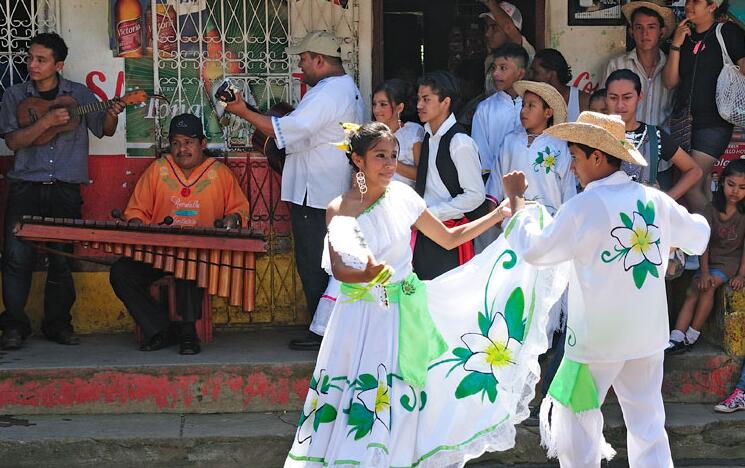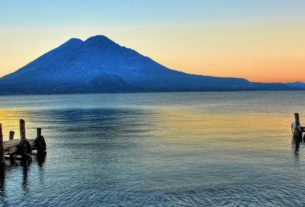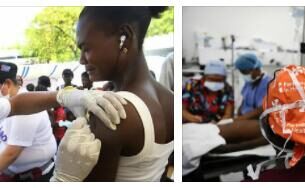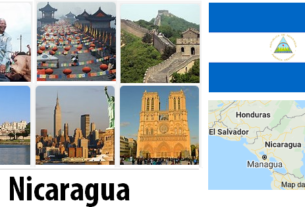The music in Nicaragua has roots both in the indigenous population, as well as the influence of European, especially Spanish music during the colonial era, and African music from the slave trade.
The oldest records we have of music in this area are the portrayal of the Spanish historian Gonzalo Fernándes de Oviedo (1478–1557) of the great Indian dance festivals of the Indians, alternating between the dancers and a conductor, and rhythm accompaniment on drums and gourd rattles. These and other Native American instruments are still in use. Folk music forms associated with religious festivals are characterized by fusion between Native American and European traditions, with texts in Spanish and dialects of Nahuatl.
A public concert life has only been developed over the last hundred years. The leading personality, composer Luis Delgadillo (1887–1961), wrote more than 400 works, directed the Symphony Orchestra in Managua and was director of the National School of Music, created in 1950. Many of his compositions are based on traditional music, such as Sinfonía nicaragüense and Aires populares de Nicaragua.
Popular music plays a major role in Nicaraguan culture and social life. Older artists such as Otto de la Rocha (1933–) and Felipe Urrutia (1918–2014) gathered folk songs and built their own on a tradition characterized by Mexican as well as Northern European music. The very popular Carlos Mejía Godoy (1943–), with his romantic-patriotic songs, played a significant role in the Revolutionary era. The duo Guardabarranco, consisting of the siblings Katia (1963–) and Salvador Cardenal Barquero (1960–) (see Katia Cardenal ), has gained international attention, including through collaboration with Jackson Browne.



